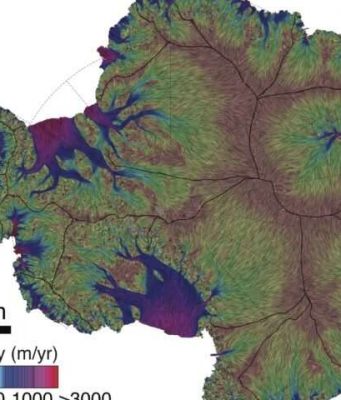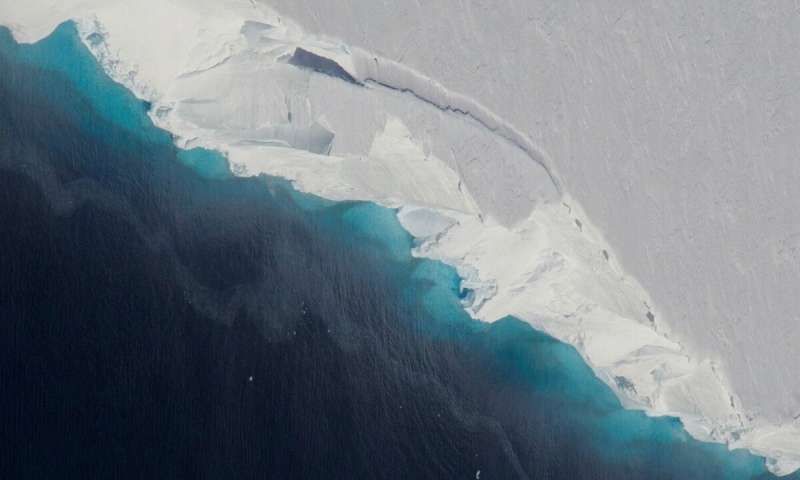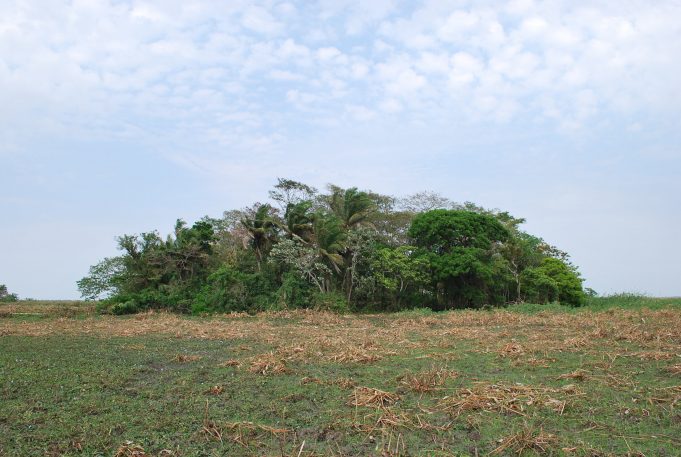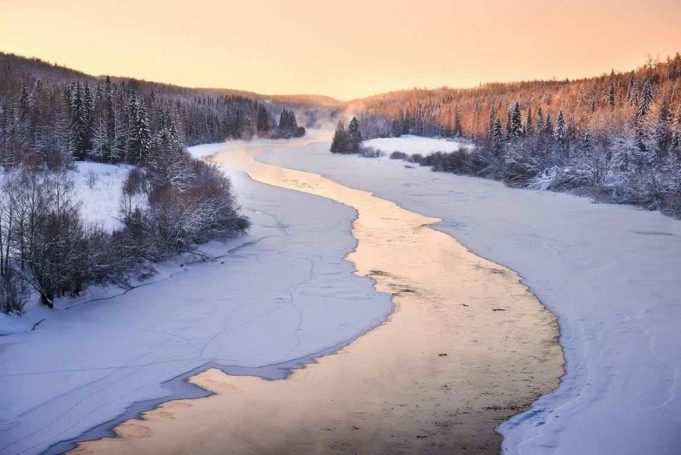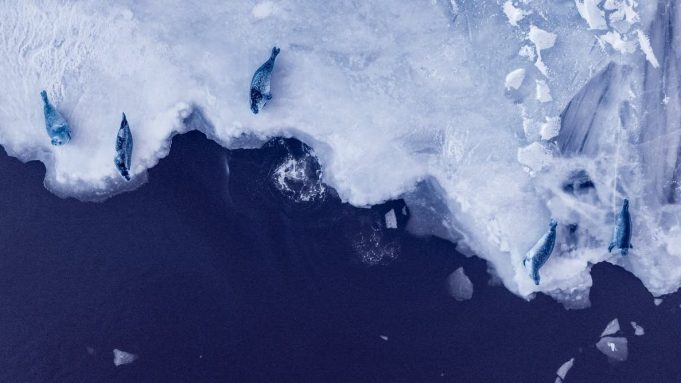Yosemite National Park contains some of the world's most iconic landforms, including Half Dome, Yosemite Falls, and El Capitan. Although the cliffs of Yosemite Valley may appear static, rockfalls from these cliffs are common, with a rockfall occurring every...
An international research project led by scientists from ETH Zurich has determined the amount of man-made CO2 emissions taken up by the ocean between 1994 and 2007. Not all of the CO2 generated during the combustion of fossil fuels remains in...
A gigantic cavity—two-thirds the area of Manhattan and almost 1,000 feet (300 meters) tall—growing at the bottom of Thwaites Glacier in West Antarctica is one of several disturbing discoveries reported in a new NASA-led study of the disintegrating glacier....
As agriculture emerged in early civilizations, crops were domesticated in four locations around the world—rice in China; grains and pulses in the Middle East; maize, beans and squash in Mesoamerica; and potatoes and quinoa in the Andes. Now, an...
Large parts of Asian Russia could become habitable by the late 21st century due to climate change, new research has found.
A study team from the Krasnoyarsk Federal Research Center, Russia, and the National Institute of Aerospace, USA, used current...
We know that our planet has experienced warmer periods in the past, during the Pliocene geological epoch around three million years ago.
Our research, published today, shows that up to one third of Antarctica's ice sheet melted during this period,...
The ozone layer - which protects us from harmful ultraviolet radiation - is recovering at the poles, but unexpected decreases in part of the atmosphere may be preventing recovery at lower latitudes.
Global ozone has been declining since the 1970s...
Lightning may strike less often in future across the globe as the planet warms, a scientific study suggests.
The research forecasts a 15 per cent drop in the average number of lightning flashes worldwide by the turn of this century,...
Where does snow come from? This may seem like a simple question to ponder as half the planet emerges from a season of watching whimsical flakes fall from the sky -- and shoveling them from driveways. But a new...
An international team of experts have highlighted the urgent need for global cooperation to reform the e-waste recycling industry and counteract the harm it poses to both human health and environment.
Old mobile phones, computers, and circuit boards are all...
Impacts from climate change are not always easy to see. But for many local businesses in coastal communities across the United States, the evidence is right outside their doors—or in their parking lots.
That evidence isn't just present in...



